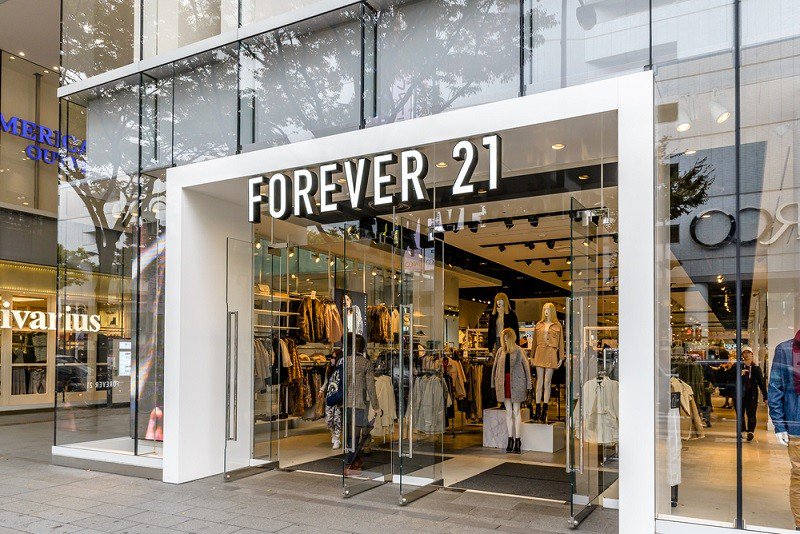Popular Reads
Top Results
Can't find what you're looking for?
View all search resultsPopular Reads
Top Results
Can't find what you're looking for?
View all search resultsPost fast fashion: The future of fashion and the rise of resale
With a simple solution like consuming second-hand fashion, we can extend the life cycle of each piece, thus lowering the fashion waste.
Change text size
Gift Premium Articles
to Anyone
I
t is no secret that the fashion industry is among the largest contributors to the world's waste. Independent platform for eco-conscious fashion enthusiasts Sustain Your Style claims that the apparel industry comes second, right after the oil and gas industry, as the biggest waste producer.
It is said that 10 percent of global carbon emissions and nearly 20 percent of global wastewater are produced by the apparel industry alone. These numbers do not include the waste generated when producing other fashion accessories such as jewelry, shoes, or bags.
Many are probably wondering as to what triggers this tragedy. If we pay close attention, we will see the dark side of the fashion industry.
Fashion tech start-up and provider of solutions for on-demand apparel production ShareCloth reports that as of December 2018, the fashion market volume is worth US$1.7 trillion, and around 85 percent of textiles end up in landfills. Some well-known brands have even confessed to burning defective products instead of selling them at a lower price.
Read also: Self-destructive behaviour: Burberry not alone
Fast fashion has been one of the contributing factors. It has changed the fashion life cycle; new collections are changed weekly, rather than following the seasonal design calendar. This is in part to satisfy evolving consumer behavior. In comparison to just 20 years ago, people buy clothes five times more frequently than before, but only wear it half the time, according to Sustain Your Style.
Introduced in the early 2000s, the fast fashion trend started when retailers became profit-oriented rather than quality-driven. Consumers moved on to new styles in a matter of weeks, shortening the fashion life cycle. This fast-paced cycle increases waste production at an aggressive rate. Fast fashion is also infamously linked to dangerous working conditions; manufacturers compete globally and have to offer low prices, forcing workers into long working hours with low wages in unsafe working conditions.
As one of the fastest-growing economies in the world, Indonesia continues to be the leading textile and apparel producer in Southeast Asia. Additionally, Indonesia’s fashion industry is the second highest contributor to its creative economy at 18.01 percent with 4.05 percent GDP growth rate, according to the Creative Economy Agency (Bekraf). These numbers correlate to the rising demand of fashion consumers.
Along with the rest of the world, Indonesia’s fast-fashion craze has continued to increase along with the increase of purchasing power of female shoppers. With growing exposure to international culture, Indonesian women are actively keeping up with the latest fashion trends.
Global consumers are becoming more aware of the negative impact of purchasing fast fashion. Therefore, the sustainable fashion movement is rising. In recent years, awareness surrounding sustainable fashion increased significantly. There is a growing number of consumers who prefer to buy from ethical and sustainable brands. However, it was also the more expensive option. Therefore, more affordable and easier solutions such as reselling or buying second-hand products were introduced.
Contributing to the circular economy offers opportunities that will help the fashion industry respond to new customer demands, while limiting the negative impact of fashion. With a simple solution like consuming second-hand fashion, we can extend the life cycle of each piece, thus lowering the fashion waste. Shopping second-hand fashion items is the smarter way to shop. Many customers want to make purchasing decisions that reflect their values.
Resale fashion growth is accelerating globally. Over the past three years, resale fashion has grown twenty-one times faster than retail fashion, with a projected value of $64 billion within the next 10 years, according to Retail Dive.
The presence of resale markets invites customers to shop, resell, recycle, and swap their old or unworn items to solve excessive consumption trends. The emergence of fashion resale companies as well as fashion rental companies all over the world, just as Tinkerlust has in Indonesia, offers a solution to reduce fashion waste.
The sooner we start contributing to eco-fashion, the better it will be for our environment and the next generation. This is my commitment as I try to increase awareness among my fellow Indonesians. Let us commit to reducing waste by recycling millions of clothes every year.
***
The writer is CEO & cofounder of Tinkerlust, a resale e-commerce for branded and luxury fashion in Indonesia. Samira aims to grow a profitable and sustainable business to contribute to the fashion sharing economy in the Indonesian retail ecosystem.












